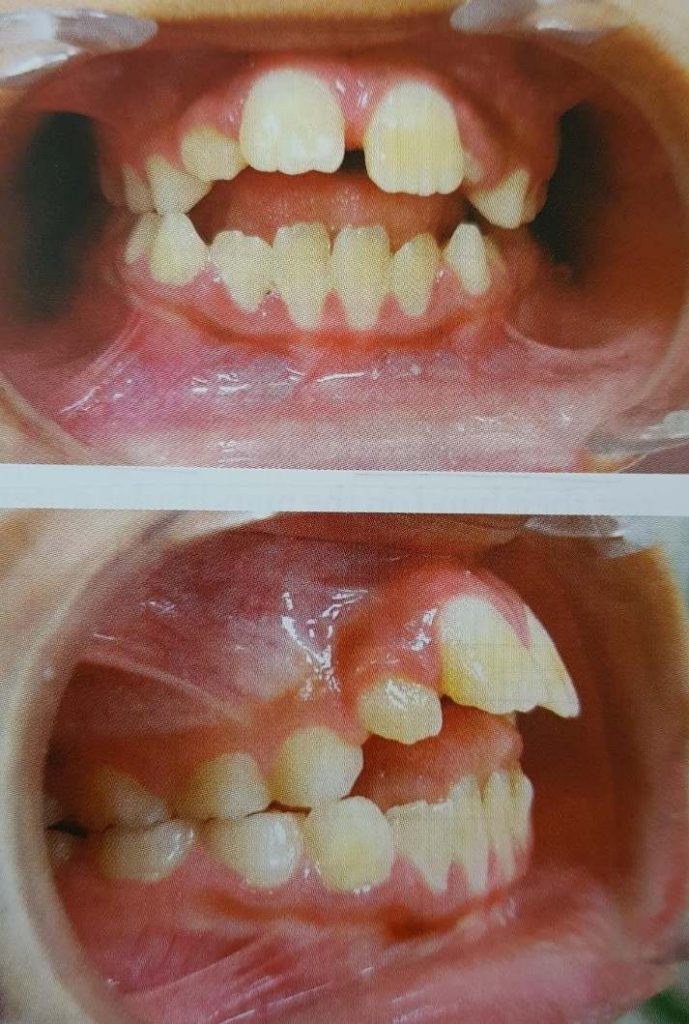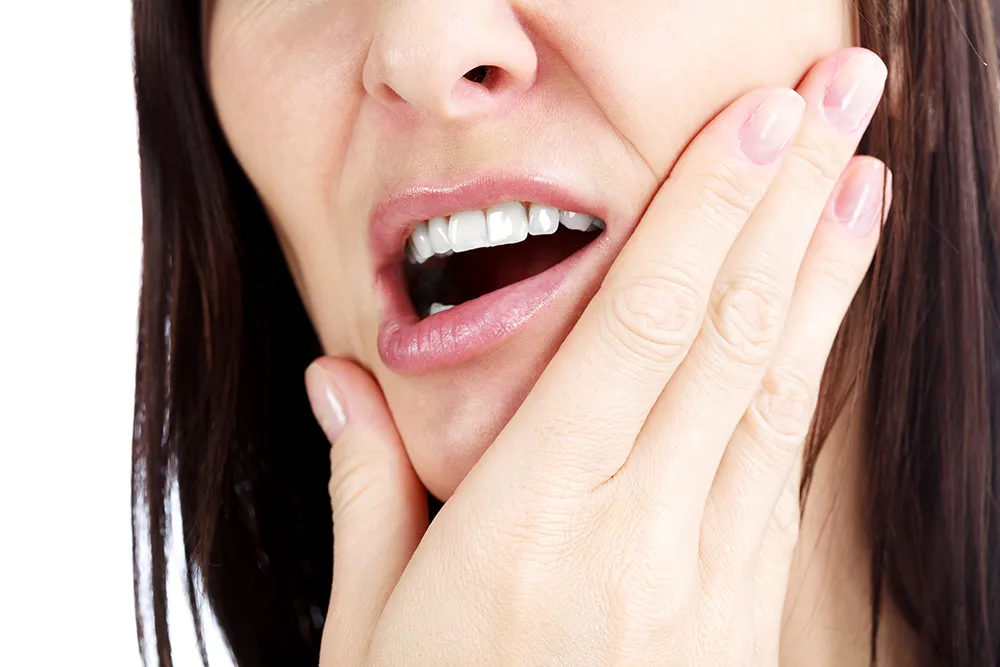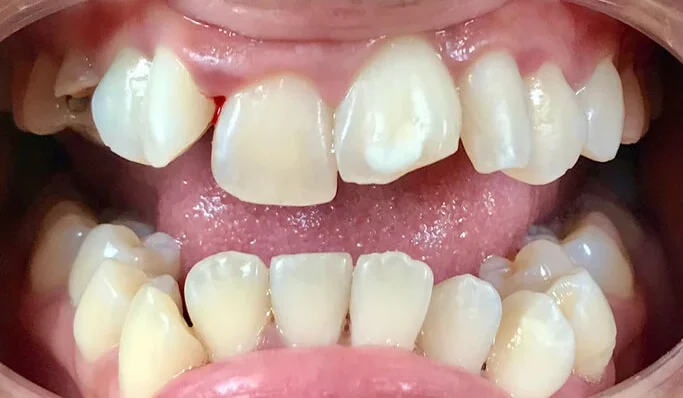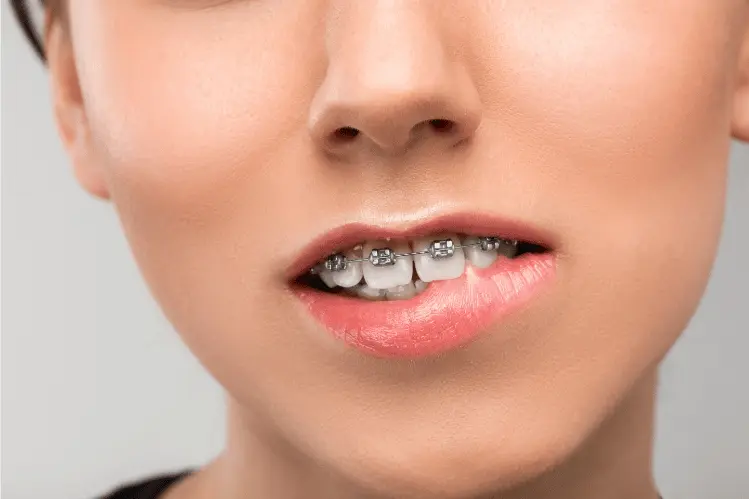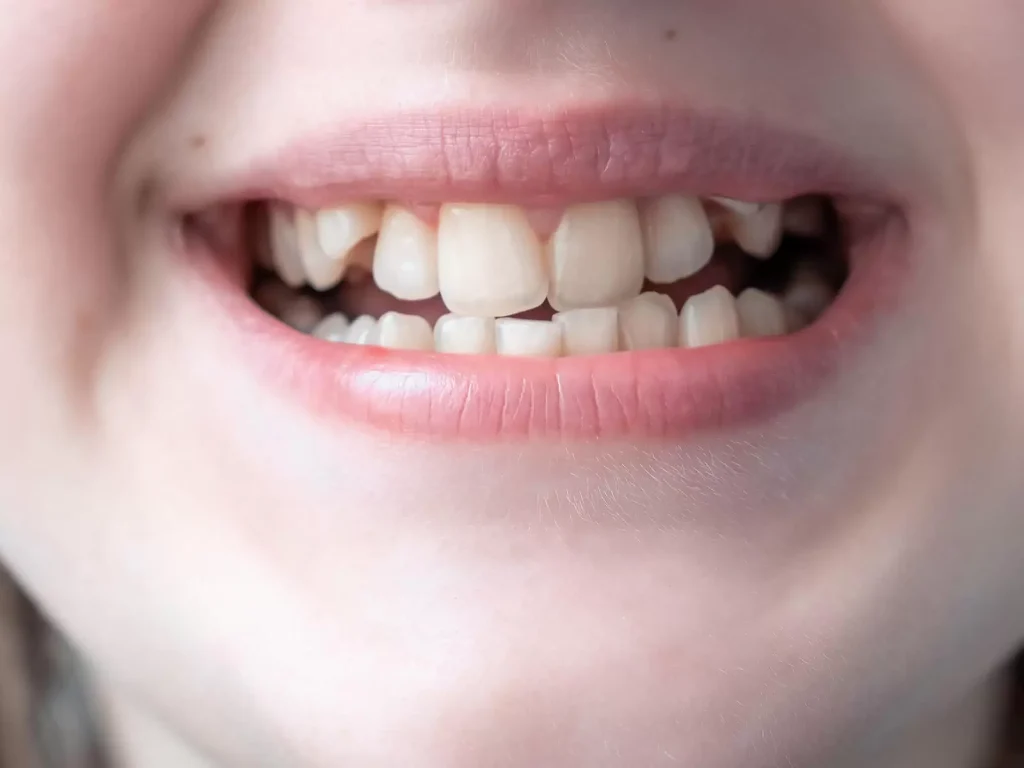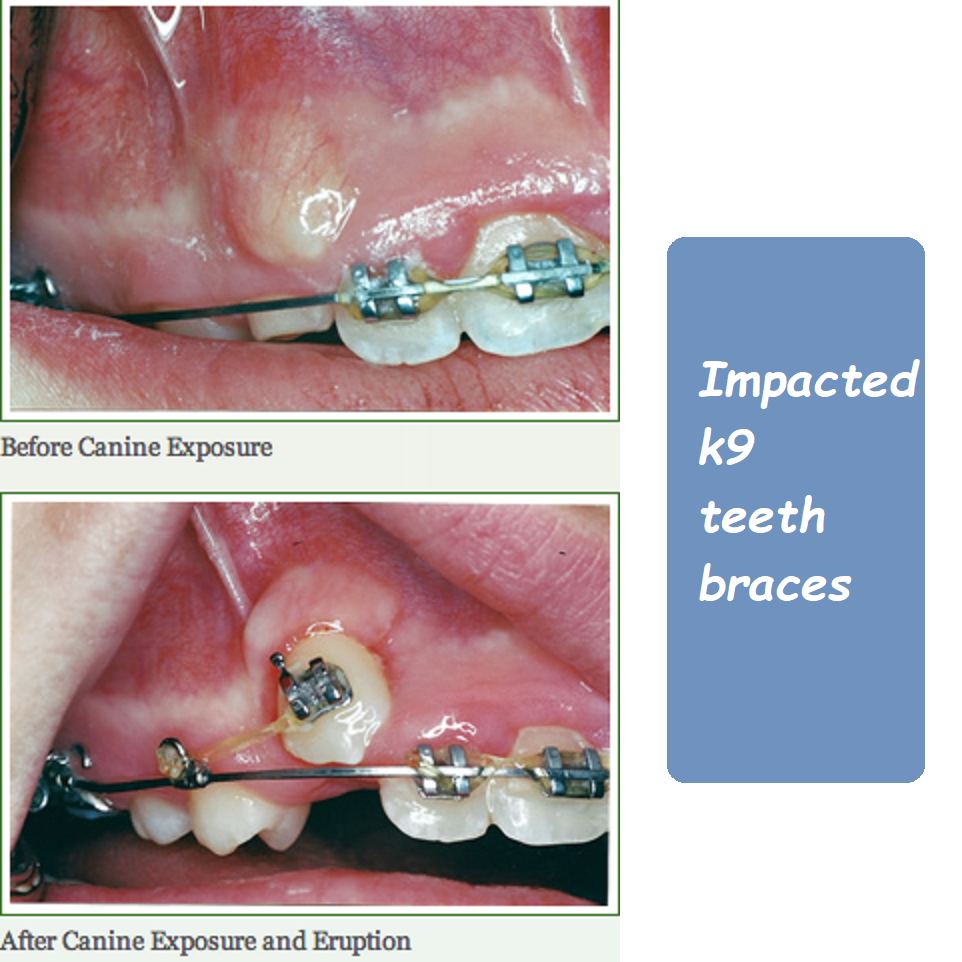invisalign ruined my teeth
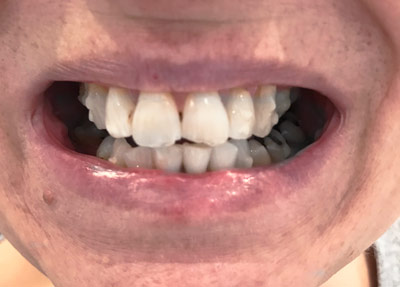
Invisalign has revolutionized the field of orthodontics by offering a discreet and convenient alternative to traditional braces. The clear aligners promise to straighten teeth without the metal brackets and wires that many find unappealing. However, despite the popularity and success of Invisalign, there are instances where users report adverse effects, claiming that Invisalign ruined their teeth. This comprehensive guide explores the potential risks and problems associated with Invisalign, the reasons behind these issues, and what you can do to prevent or address them.
Understanding Invisalign: How It Works
Invisalign treatment involves a series of custom-made, clear plastic aligners that fit snugly over your teeth. These aligners gradually shift your teeth into the desired position over time. Each set of aligners is worn for about one to two weeks before moving on to the next set in the series, with regular check-ins with your orthodontist to monitor progress.
Common Complaints: When Invisalign Goes Wrong
While many patients have positive experiences with Invisalign, some report issues that lead to dissatisfaction and even dental problems. Here are some of the common complaints:
1. Increased Tooth Sensitivity and Pain:
Some users experience significant tooth sensitivity and pain during and after Invisalign treatment. This can be due to the pressure exerted by the aligners or other underlying dental issues.
2. Tooth Decay and Gum Problems:
Improper oral hygiene during Invisalign treatment can lead to tooth decay and gum problems. The aligners can trap food particles and plaque against the teeth, creating an environment conducive to cavities and gum disease.
3. Aligner Fit Issues:
Aligners that do not fit properly can cause discomfort, ineffective treatment, and even damage to the teeth. Poorly fitting aligners can lead to uneven pressure distribution, causing some teeth to move incorrectly or not at all.
4. Bite Problems:
In some cases, Invisalign can cause or exacerbate bite problems. This can occur if the aligners do not address the bite alignment correctly, leading to issues like an overbite, underbite, or crossbite.
5. Allergic Reactions:
Although rare, some patients may experience allergic reactions to the materials used in the aligners. This can cause discomfort and irritation in the mouth.
6. Relapse of Teeth Position:
After completing Invisalign treatment, some patients find that their teeth shift back to their original position. This relapse can occur if retainers are not worn as prescribed or if the treatment plan was not followed correctly.
Exploring the Causes: Why Invisalign May Cause Problems
Understanding the reasons behind these issues is crucial in preventing and addressing them. Here are some of the potential causes:
1. Inadequate Oral Hygiene:
Maintaining proper oral hygiene is challenging with Invisalign. The aligners need to be removed for eating and drinking (except water), and teeth should be brushed and flossed before reinserting them. Failure to do so can lead to plaque buildup, cavities, and gum disease.
2. Non-Compliance:
Invisalign requires a high level of patient compliance. Aligners should be worn for 20-22 hours a day. Not wearing the aligners as prescribed can lead to suboptimal results and prolong the treatment.
3. Inaccurate Treatment Planning:
Effective Invisalign treatment depends on a precise and individualized treatment plan. If the initial assessment and planning are inaccurate, the aligners may not work as intended, leading to issues like bite problems and improper teeth movement.
4. Underlying Dental Issues:
Pre-existing dental issues such as cavities, gum disease, or structural problems can complicate Invisalign treatment. These issues need to be addressed before starting the treatment to avoid exacerbating them.
5. Material Sensitivity:
Some individuals may have sensitivities or allergies to the materials used in Invisalign aligners. This can lead to discomfort and other adverse reactions.
6. Inadequate Follow-Up:
Regular follow-ups with the orthodontist are crucial for monitoring progress and making necessary adjustments. Inadequate follow-up care can result in misalignment and other problems.
Preventing Problems: Best Practices for a Successful Invisalign Treatment
To avoid potential issues with Invisalign, it’s essential to follow best practices and maintain a proactive approach to your treatment. Here are some guidelines:
1. Maintain Excellent Oral Hygiene:
Brush and floss your teeth after every meal and before reinserting your aligners. This helps prevent plaque buildup and tooth decay. Consider using an antibacterial mouthwash to maintain healthy gums.
2. Follow Your Orthodontist’s Instructions:
Adhere strictly to the instructions provided by your orthodontist. Wear your aligners for the recommended 20-22 hours a day and change to the next set as directed.
3. Attend Regular Check-Ups:
Regular appointments with your orthodontist are essential. These visits allow your orthodontist to monitor your progress, make necessary adjustments, and address any concerns.
4. Address Pre-Existing Dental Issues:
Ensure that any existing dental problems, such as cavities or gum disease, are treated before starting Invisalign. This reduces the risk of complications during the treatment.
5. Communicate Any Discomfort:
If you experience significant discomfort, pain, or any other issues, contact your orthodontist immediately. Early intervention can prevent more severe problems.
6. Use Retainers as Prescribed:
After completing Invisalign treatment, wearing retainers as prescribed is crucial to maintaining your results. This prevents relapse and ensures that your teeth stay in their new positions.
What to Do If You Experience Problems
If you believe that Invisalign has ruined your teeth, it’s important to take immediate action to address the issues. Here’s what you can do:
1. Consult Your Orthodontist:
Schedule an appointment with your orthodontist to discuss your concerns. They can evaluate your situation and recommend appropriate solutions.
2. Get a Second Opinion:
If you’re not satisfied with the response from your orthodontist, consider seeking a second opinion from another dental professional. This can provide additional insights and options for addressing your problems.
3. Consider Alternative Treatments:
Depending on the severity of the issues, alternative treatments such as traditional braces or other orthodontic options might be necessary to correct the problems.
4. Focus on Oral Health:
Prioritize your oral health by maintaining excellent hygiene practices and addressing any dental problems promptly. This can help mitigate the effects of any issues caused by Invisalign.
5. Document Your Experience:
Keep detailed records of your treatment, including photos, appointment notes, and communications with your orthodontist. This documentation can be valuable if you decide to pursue further action, such as a complaint or legal claim.
Legal and Financial Considerations
In cases where Invisalign treatment leads to significant dental problems, there may be legal and financial considerations. Here’s what you need to know:
1. Review Your Treatment Agreement:
Review the terms of your treatment agreement with your orthodontist. This document outlines the responsibilities of both parties and any guarantees or warranties provided.
2. File a Complaint:
If you believe that your orthodontist’s negligence or misconduct caused your dental problems, you can file a complaint with your state dental board. This can prompt an investigation and potential disciplinary action.
3. Seek Legal Advice:
In severe cases, you might consider seeking legal advice. A dental malpractice attorney can help you understand your rights and options for pursuing compensation.
4. Insurance Coverage:
Check with your dental insurance provider to understand what coverage is available for corrective treatments. Some policies may cover additional treatments if they are deemed medically necessary.
Realigning Expectations: What Invisalign Can and Cannot Do
Understanding the capabilities and limitations of Invisalign can help set realistic expectations and avoid disappointment. Here are some key points:
1. Effectiveness for Different Cases:
Invisalign is highly effective for mild to moderate orthodontic issues, such as minor crowding, spacing, and certain bite problems. However, more complex cases may require traditional braces or other orthodontic interventions.
2. Compliance Is Key:
The success of Invisalign treatment heavily depends on patient compliance. Unlike traditional braces, Invisalign aligners are removable, making it easier for patients to deviate from the prescribed wear time.
3. Potential Need for Refinements:
It’s not uncommon for patients to require refinement aligners after the initial treatment phase. These additional aligners fine-tune the final position of the teeth to achieve the desired results.
4. Limitations of Clear Aligners:
Invisalign aligners may not be suitable for certain types of tooth movements, such as significant rotations or vertical movements. Your orthodontist can determine if Invisalign is appropriate for your specific case.
The Role of Orthodontic Expertise in Invisalign Treatment
The expertise and experience of your orthodontist play a crucial role in the success of your Invisalign treatment. Here’s why:
1. Comprehensive Assessment:
A thorough assessment by an experienced orthodontist ensures that all aspects of your dental health are considered before starting treatment. This includes evaluating your bite, gum health, and any underlying issues.
2. Customized Treatment Plan:
An expert orthodontist can develop a customized treatment plan that addresses your specific needs and goals. This tailored approach increases the likelihood of successful outcomes.
3. Monitoring and Adjustments:
Regular monitoring and timely adjustments by your orthodontist ensure that the treatment progresses as planned. This proactive approach can prevent potential issues and enhance the effectiveness of the aligners.
4. Experience with Complex Cases:
Orthodontists with experience in complex cases can identify and manage challenges that may arise during treatment. Their expertise allows them to adapt the plan as needed to achieve optimal results.
Conclusion
Invisalign has helped millions of people achieve straighter, more attractive smiles. However, like any medical treatment, it carries potential risks and requires careful management. By understanding the common problems associated with Invisalign, their causes, and how to prevent or address them, you can make informed decisions about your orthodontic care.
If you believe that Invisalign has ruined your teeth, it’s essential to take immediate action by consulting with your orthodontist, seeking a second opinion if necessary, and exploring alternative treatments. Prioritizing your oral health and following best practices can help mitigate any adverse effects and ensure that you achieve the best possible outcome.
Remember, the success of Invisalign treatment relies not only on the aligners themselves but also on your commitment to following the prescribed plan and maintaining excellent oral hygiene. By partnering with a skilled orthodontist and staying proactive in your care, you can navigate any challenges and enjoy the benefits of a beautifully aligned smile.
Can Invisalign cause tooth damage?
Invisalign, when used correctly and under the supervision of a dental professional, is generally safe and effective. However, there are some potential risks:
- Enamel Wear: If the aligners are not fitted properly or if they are not cleaned regularly, they can cause wear on the tooth enamel.
- Root Resorption: In rare cases, the pressure exerted by the aligners can cause the roots of the teeth to shorten.
- Decay and Gum Issues: If proper oral hygiene is not maintained, food particles can get trapped under the aligners, leading to decay and gum disease.
Can teeth look worse after Invisalign?
In rare cases, teeth can appear worse after Invisalign if:
- Improper Use: Not wearing the aligners for the recommended amount of time each day can lead to incomplete or uneven results.
- Complications: If the treatment plan is not followed correctly, it can result in misalignment or other aesthetic issues.
- Underlying Issues: Pre-existing dental issues that were not addressed before treatment can become more noticeable.
Do teeth become weak after Invisalign?
Teeth do not typically become weak after Invisalign treatment. However, during the treatment process, teeth may feel slightly loose as they are shifting positions, which is normal and temporary. Proper follow-up care, including the use of retainers, ensures that teeth stabilize in their new positions without becoming weak.
What is the negative of Invisalign?
Some potential downsides of Invisalign include:
- Cost: Invisalign can be more expensive than traditional braces.
- Discipline Required: Patients need to wear the aligners for 20-22 hours a day, which requires discipline and commitment.
- Potential Discomfort: Some patients may experience temporary discomfort or soreness as their teeth adjust.
- Not Suitable for All Cases: Invisalign is not suitable for severe orthodontic issues.
What are the bad results of Invisalign?
Possible negative outcomes include:
- Incomplete Correction: If aligners are not worn as prescribed, teeth may not move to the desired position.
- Relapse: Without proper retainer use post-treatment, teeth can shift back to their original positions.
- Gum Irritation: Poorly fitting aligners can cause gum irritation or sores.
Is Invisalign bad for your roots?
In rare cases, Invisalign can cause root resorption, where the roots of the teeth shorten. This is a risk associated with any orthodontic treatment that moves teeth. Regular dental check-ups during treatment can monitor and manage this risk.
Do teeth go back to normal after Invisalign?
Without proper post-treatment care, such as wearing retainers, teeth can gradually shift back to their original positions. Retainers are essential to maintaining the new alignment achieved by Invisalign.
Can things go wrong with Invisalign?
Yes, things can potentially go wrong, such as:
- Non-Compliance: Not wearing aligners for the recommended time can lead to unsatisfactory results.
- Fit Issues: Aligners that do not fit properly can cause discomfort and ineffective treatment.
- Oral Health Issues: Poor oral hygiene can lead to cavities and gum disease.
What teeth are too bad for Invisalign?
Invisalign may not be suitable for:
- Severe Misalignment: Extremely crooked or rotated teeth may not be effectively treated with Invisalign.
- Large Gaps: Very large gaps between teeth might require traditional braces.
- Complex Bite Issues: Severe overbites, underbites, or crossbites might need more comprehensive orthodontic treatments.
Why do my teeth feel thinner after Invisalign?
Teeth may feel thinner after Invisalign due to:
- Enamel Wear: If aligners are not cleaned properly or if they are worn for too long without being replaced, they can wear down the enamel.
- Sensitivity: Moving teeth can temporarily increase sensitivity, making them feel thinner.
Can Invisalign cause gaps in teeth?
Invisalign is designed to close gaps between teeth, but improper use or failure to follow the treatment plan can sometimes lead to unintended gaps. This is why it’s crucial to follow the orthodontist’s instructions and wear the aligners as directed.
Does Invisalign fix your teeth forever?
Invisalign can provide long-term results, but maintaining those results requires diligent use of retainers after treatment. Teeth naturally shift over time, so retainers are essential to keep them in their new positions. Regular dental check-ups and good oral hygiene practices are also important to ensure lasting results.

